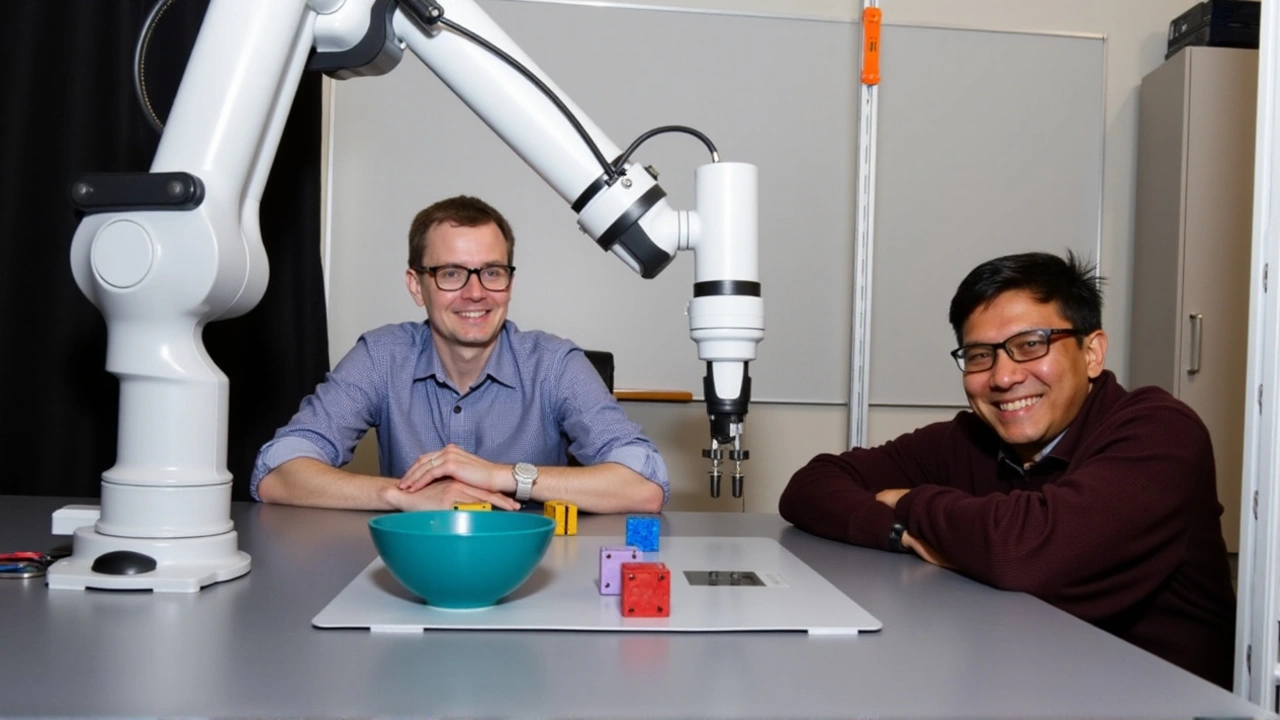Autonomous Robots: How Self‑Driving Machines Are Changing Urban Farming
Ever wondered why city farms are buzzing with gadgets that move on their own? That’s the rise of autonomous robots – machines that can plant, water, and harvest without a human hand steering them. In a world where space is tight and labor is expensive, these robots are becoming a real game‑changer for anyone trying to grow food in the city.
What Are Autonomous Robots?
Put simply, an autonomous robot is a piece of equipment that uses sensors, AI, and GPS to make decisions on its own. Think of a small rover that rolls through a rooftop garden, checks soil moisture, and sprays water only where it’s needed. No driver, no constant supervision – the robot does the work while you focus on planning or selling your produce.
Most of these robots run on electric power, so they’re quiet and don’t add to city pollution. They’re built to handle tight aisles, uneven beds, and even vertical farms where plants grow in stacked layers. The tech stack usually includes cameras for visual recognition, LiDAR for mapping, and machine‑learning models that improve with each run.
Key Benefits for City Growers
First off, labor savings are huge. A single autonomous sprayer can cover an area that would need three to four people with handheld tools. That cuts wages and reduces the risk of injury when you’re lifting heavy pots or moving around slippery surfaces.
Second, precision matters. Because the robot measures exact moisture levels, it only waters where it’s needed. This prevents over‑watering, saves water, and helps avoid root rot. Same goes for fertiliser – the robot can drop a tiny dose right at the plant’s root zone, improving yields without waste.
Third, consistency improves quality. Humans get tired, miss spots, or work slower on hot days. A robot follows the same pattern every time, meaning every plant gets the same level of care. That leads to more uniform crops, which is a big plus when you’re selling to restaurants or markets that expect consistent size and taste.
Finally, data collection is built‑in. As the robot moves, it logs temperature, humidity, and plant health images. Growers can pull this data into a dashboard, spot trends, and make smarter decisions about varieties, planting dates, or pest control.
All these benefits add up to higher profits and a smaller environmental footprint – exactly what urban agriculture needs to thrive on limited land.
If you’re thinking about adding an autonomous robot to your rooftop garden, start small. Look for a unit that offers modular accessories – a seeder, a weeder, or a sprayer – so you can grow your tech stack as you learn. Many suppliers also provide trial periods or demo days, giving you a chance to see the robot in action before committing.
Remember, the technology is still evolving. Keep an eye on software updates, because a new AI model can turn a basic robot into a smarter one overnight. Join local grower groups or online forums where people share tips, trouble‑shooting advice, and even code snippets for custom functions.
Bottom line: autonomous robots are no longer sci‑fi concepts; they’re practical tools that help city farms produce more food with less effort. Whether you’re a hobbyist with a balcony garden or a commercial rooftop operation, these self‑driving machines are worth a look. The future of urban agriculture is moving, and it’s moving on wheels.






